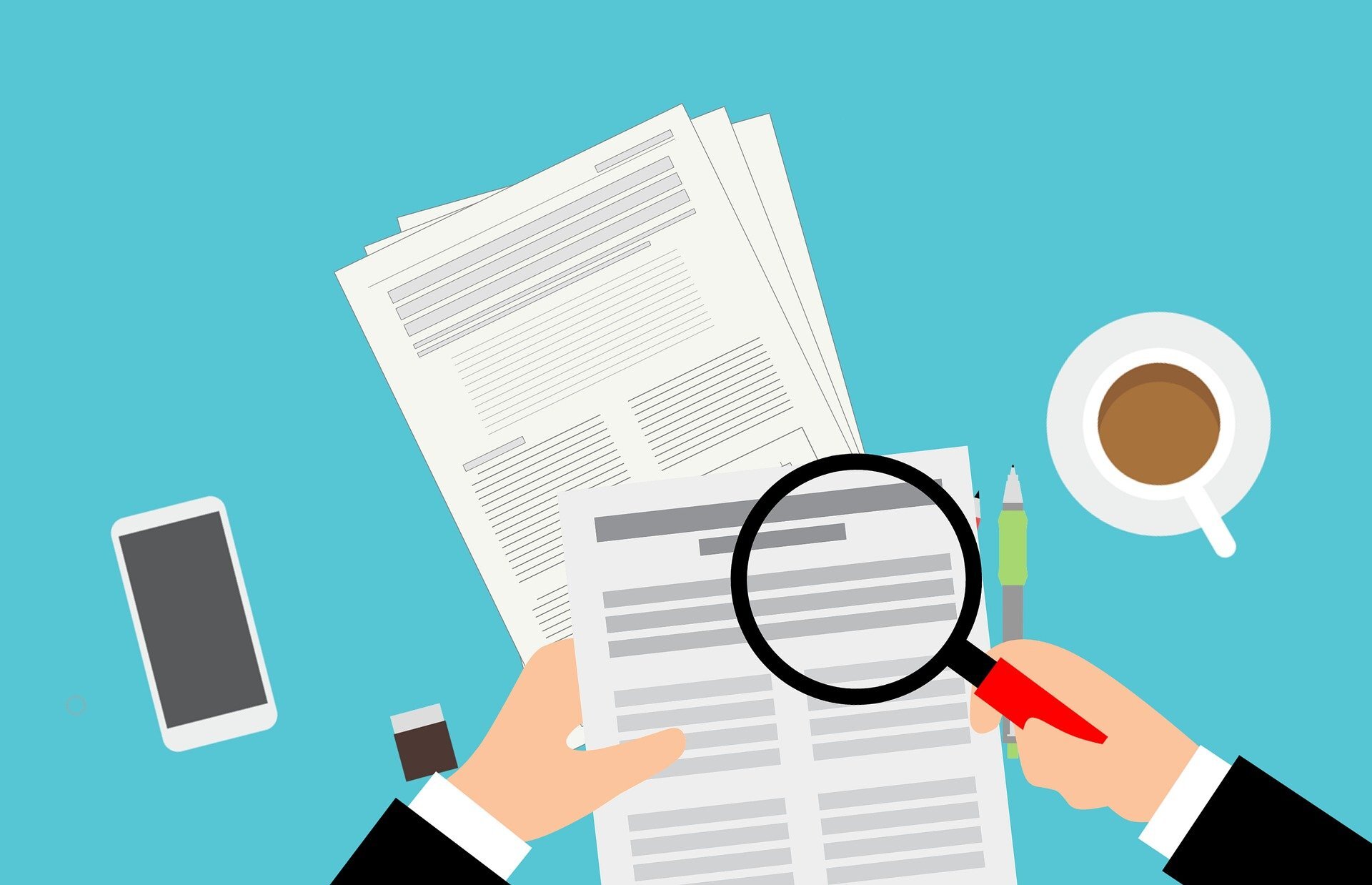Though the state of automation seems to be moving faster these days, automation in accounting is certainly nothing new. While most of us don’t remember bulky paper ledgers and manual entries, they once were the de facto way of doing business. Today, in many cases, we key in a few numbers and are presented with accurate reports that seamlessly detail all of our transactions.
But accounting automation hasn’t slowed down. Experts predict that the accounting profession is an industry that is likely to be impacted by automation. Recently, the McKinsey report found that many of the tasks performed by accountants are highly or fully automatable, from general accounting operations to external reporting.
While this has raised some concern, smart accountants know that accounting isn’t just inputting numbers and printing reports; it’s the story behind those numbers that matter. For example, while you may be able to scan in W2s and 1099s while preparing a tax return for your client, that artificial intelligence that populates the correct fields on the return will not explain to your client what steps they should take to reduce their tax liability in the future.
The same goes with reporting. Financial reporting is so much more than clicking on the ‘print’ key on your computer. And while the process may be automated, deciphering the meaning of those reports is something that only a skilled accountant or CPA can do.
If your clients (or your firm) are starting to consider implementing automation, your first step should be to make the move to a cloud-based accounting software application. Doing so will provide you with more flexibility in the future, while allowing you to add other automation options when you’re ready. Once accounting software is in place, consider adding a few of these options that will reduce time spent matching items and keying data into your system, while leaving the accounting expertise squarely in your hands.
- Expense management – expense management typically consists of keep track of tedious things like receipts and mileage. Using an automated expense management system eliminates the need to spend hours matching receipts with bills, or calculating trip mileage from one location to the next. I don’t believe there is a person in existence that would miss stapling a receipt to a credit card bill.
- Document management – Having a document management application in place eliminates lost documents, reduces the need to file documents, while making it easy to locate the documents you need in a hurry. A side bonus – no more stacks of papers on your desk.
- Bank reconciliation – The bank reconciliation process involves a lot of busy work, in some cases hours that can be better spent serving clients. If you’re already updated your accounting software, chances are that you already have an automated bank reconciliation option in place.
- Payroll – Payroll is another area where automation is a proven time-saver. If you don’t have a lot of hourly employees, the entire payroll process from onboarding to paying your staff can be almost entirely automated. While some upfront work is required, once an employee is in your system, paying them takes minutes. Even changes to payroll, such as a salary increase, can be completed quickly.
If you’re so inclined, both accounts payable and accounts receivable tasks are also ripe for automation.
Though many accountants are understandably hesitant, implementing automation in your firm or working with your clients to automate their accounting department effectively shifts the focus from routine tasks, allowing businesses to focus more time on their clients.
Accounting automation is not going away. Using it to your advantage can be beneficial now and for the foreseeable future.
Thanks for reading CPA Practice Advisor!
Subscribe Already registered? Log In
Need more information? Read the FAQs





